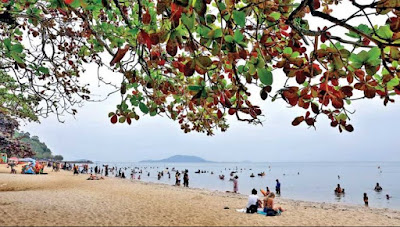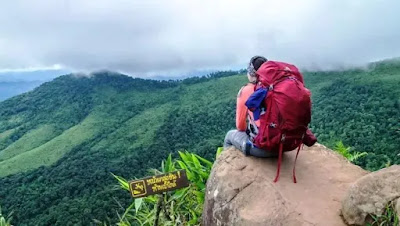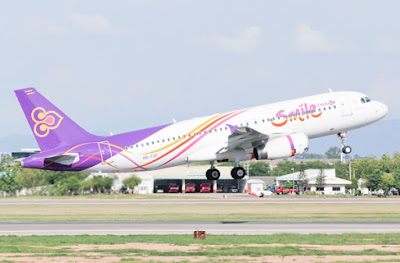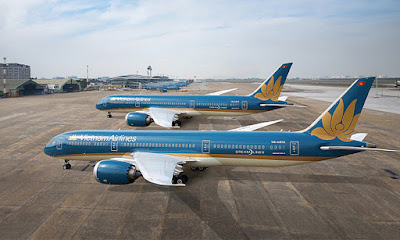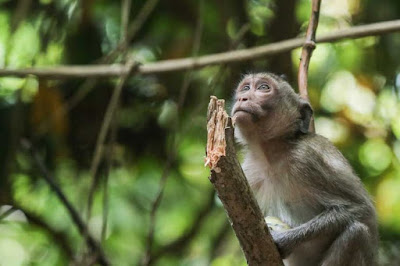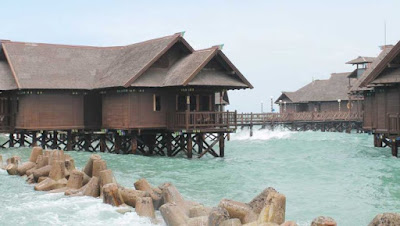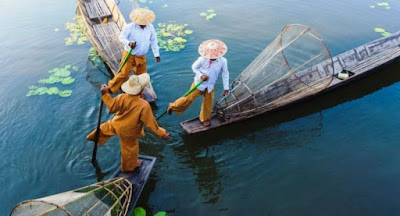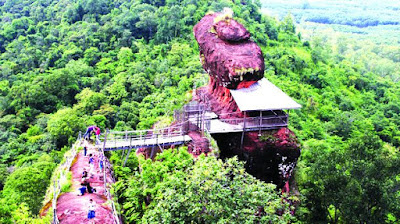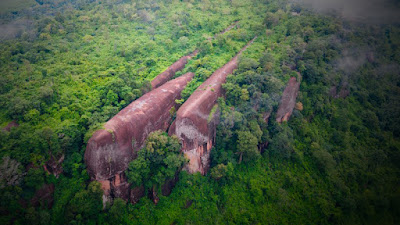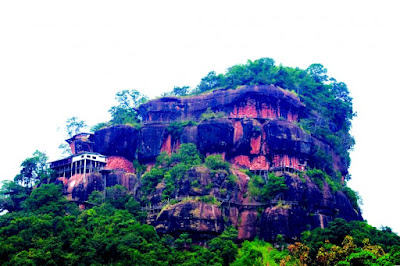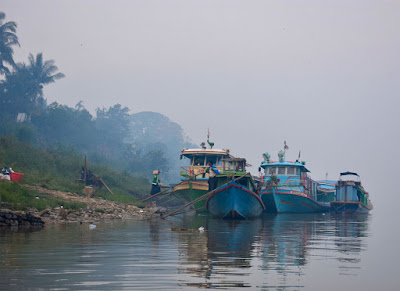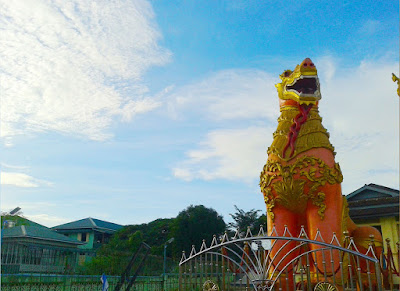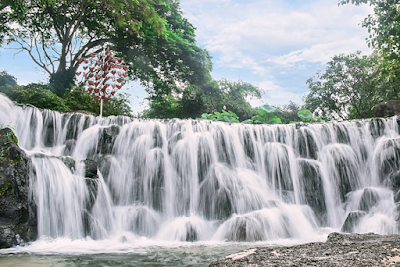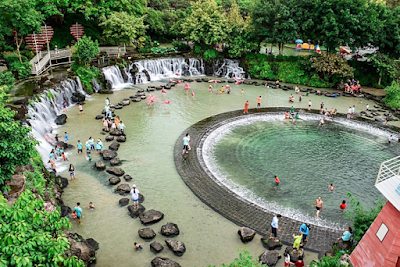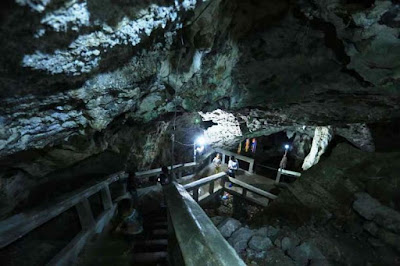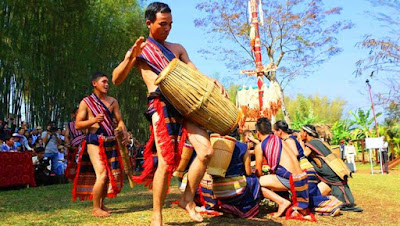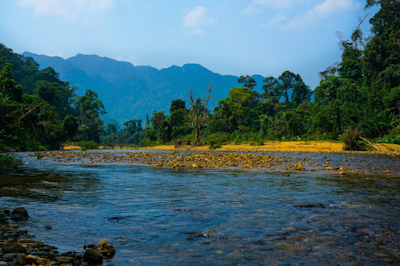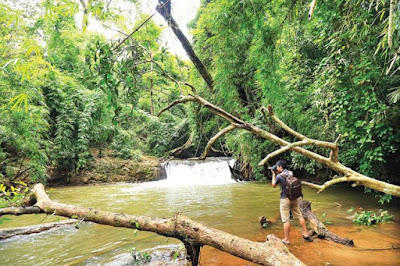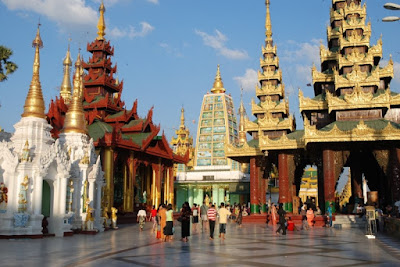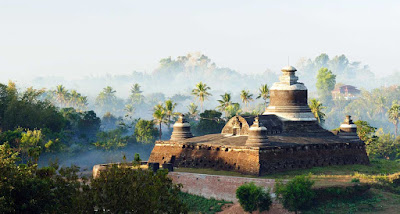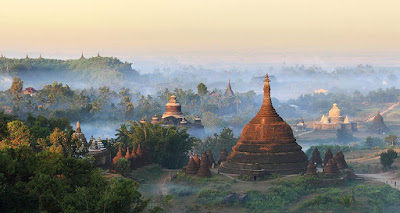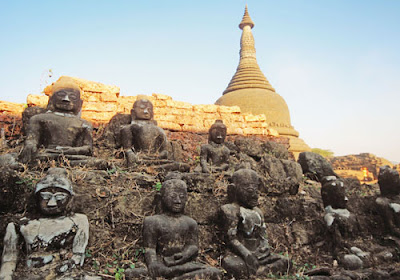Kep provincial officials are planning to improve 1,800m of shoreline and
develop two islands which are less than 10km from the coast.
The government is studying the development of the beach in Kep province, in southwestern Cambodia, to assess its tourism potential.
Kep province is a coastal area located more than 175km from Phnom Penh and the government believes it has tourism potential thanks to its beaches, national parks, mangrove forests, corals and seagrass.
Kep provincial Department of Land Management, Urban Planning and Construction director Vao Sokha told The Post on Thursday that his team is studying improvements to the nearly 3,000m Kep Beach to turn it into a public beach to attract more tourists.
Upgrades will be developed from the Crab Market to the mangrove community area in Prey Thom commune, in Kep town.
“We have already designed the beach and are studying the socio-environmental impacts on the communities living along the coast,” he said.
Kep province now has only one official beach with a length of 350m, and it is yet to meet the needs of tourists. He said the beach is too narrow and needs to be upgraded, including road construction.
The government is studying improvements to another 1,800m of the beach from Kep beach to the Vietnamese coast. “Kep province has great potential for tourism. If we do not develop it, how can we attract tourists?” Sokha asked.
In addition to the coastal area, Kep province has 13 archipelagos that are attractive natural tourist sites. Two of the islands have been granted by the government to a private development company – Koh Tonsay Island (also known as Rabbit Island) and Por Island.
Koh Tonsay Island is a beautiful island that is only 4.5km from Kep beach. Por Island, which lies 7.5km off the coast, has not been developed so far, said Sokha.
At a meeting to prepare the Kep provincial Tourism Development Master Plan in May, Ministry of Economy and Finance undersecretary of state Ni Phally said the master plan would make Kep province an attractive destination for local and global tourism.
“The draft will be completed by the end of July and will be submitted at the Inter-Ministerial Commission meeting in August,” he said.
A Ministry of Tourism report said Kep province welcomed about two million international and domestic tourists last year – up 4.24 per cent from 2018.
Kep province is a coastal area located more than 175km from Phnom Penh and the government believes it has tourism potential thanks to its beaches, national parks, mangrove forests, corals and seagrass.
Kep provincial Department of Land Management, Urban Planning and Construction director Vao Sokha told The Post on Thursday that his team is studying improvements to the nearly 3,000m Kep Beach to turn it into a public beach to attract more tourists.
Upgrades will be developed from the Crab Market to the mangrove community area in Prey Thom commune, in Kep town.
“We have already designed the beach and are studying the socio-environmental impacts on the communities living along the coast,” he said.
Kep province now has only one official beach with a length of 350m, and it is yet to meet the needs of tourists. He said the beach is too narrow and needs to be upgraded, including road construction.
The government is studying improvements to another 1,800m of the beach from Kep beach to the Vietnamese coast. “Kep province has great potential for tourism. If we do not develop it, how can we attract tourists?” Sokha asked.
In addition to the coastal area, Kep province has 13 archipelagos that are attractive natural tourist sites. Two of the islands have been granted by the government to a private development company – Koh Tonsay Island (also known as Rabbit Island) and Por Island.
Koh Tonsay Island is a beautiful island that is only 4.5km from Kep beach. Por Island, which lies 7.5km off the coast, has not been developed so far, said Sokha.
At a meeting to prepare the Kep provincial Tourism Development Master Plan in May, Ministry of Economy and Finance undersecretary of state Ni Phally said the master plan would make Kep province an attractive destination for local and global tourism.
“The draft will be completed by the end of July and will be submitted at the Inter-Ministerial Commission meeting in August,” he said.
A Ministry of Tourism report said Kep province welcomed about two million international and domestic tourists last year – up 4.24 per cent from 2018.
Source - Phnom Penh Post
